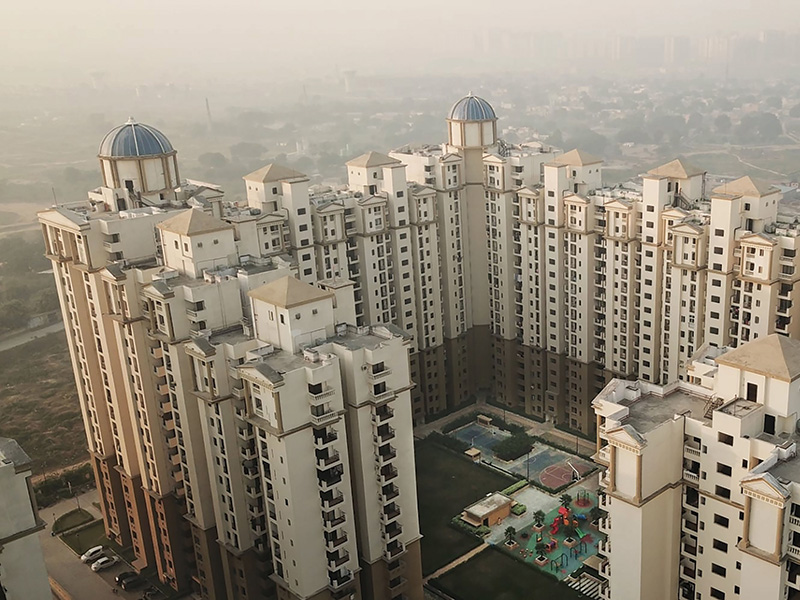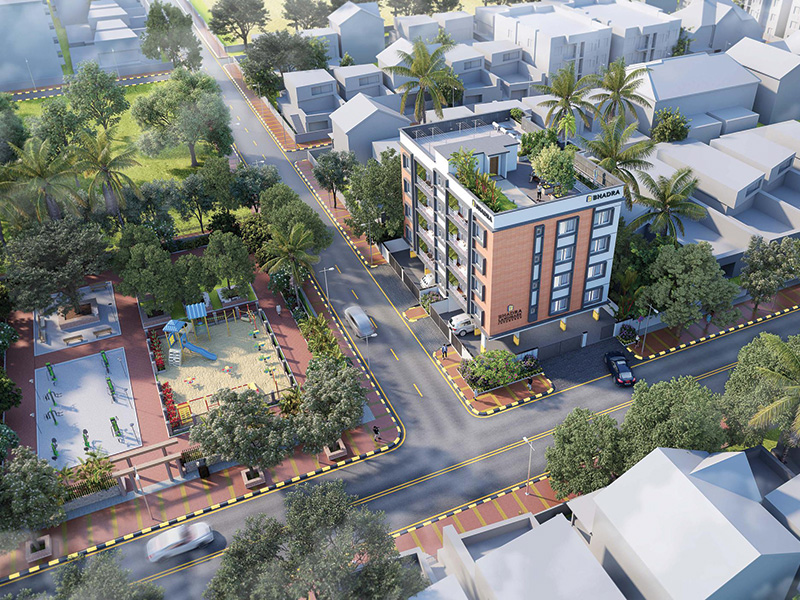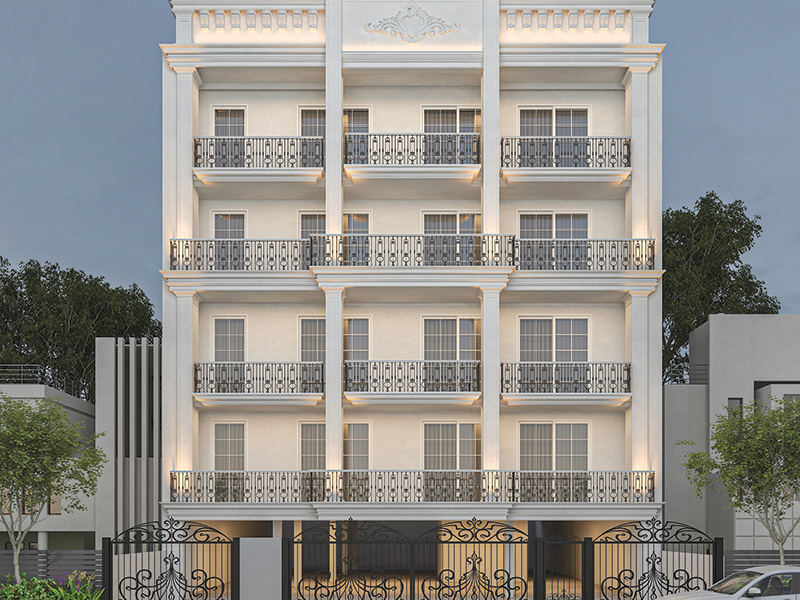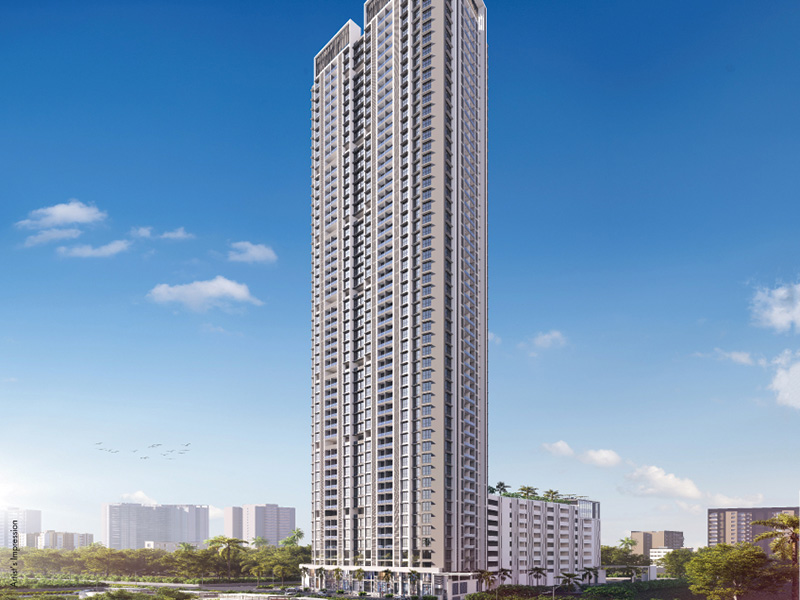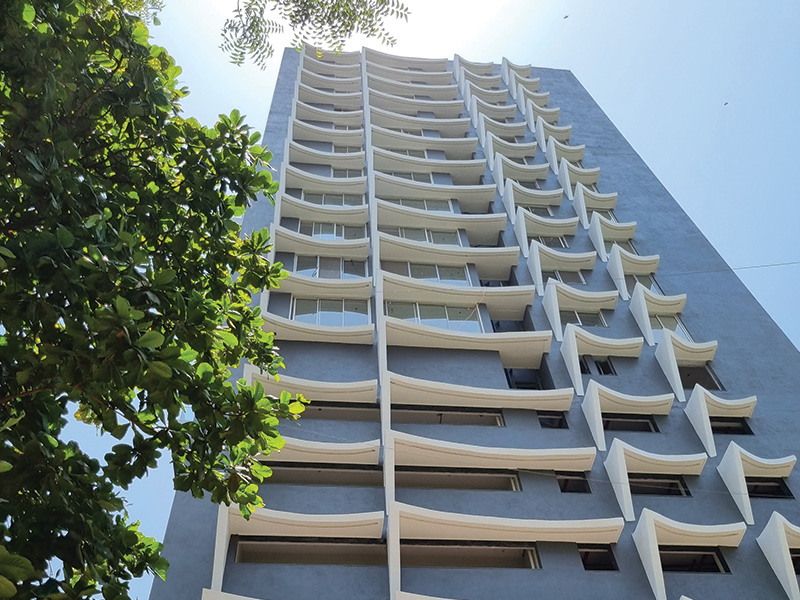Sustainable projects are more financially viable and attractive to investors and customers when considering their long-term cost benefits, capex, sourcing capital, marketing benefits, and asset value appreciation.
Khair Ull Nissa Sheikh - Executive Director, WTC India
The government’s push for sustainable development, increasing awareness about environmental issues, and the recognition of the economic benefits of green buildings are driving demand for sustainable projects. The need for green certification like LEEDS and GRIHA is a key component in most responsible buildings. With phrases like climate change and AQI index becoming commonplace, it’s no surprise that lease partners and buyers understand not just the label but the actual impact that a building can have on their environment and on their lives. Corporates are recognizing the value of green buildings in terms of improved employee health, productivity, and reduced operating costs. Institutional investors and private equity funds are recognizing the potential for long-term value creation in green buildings.
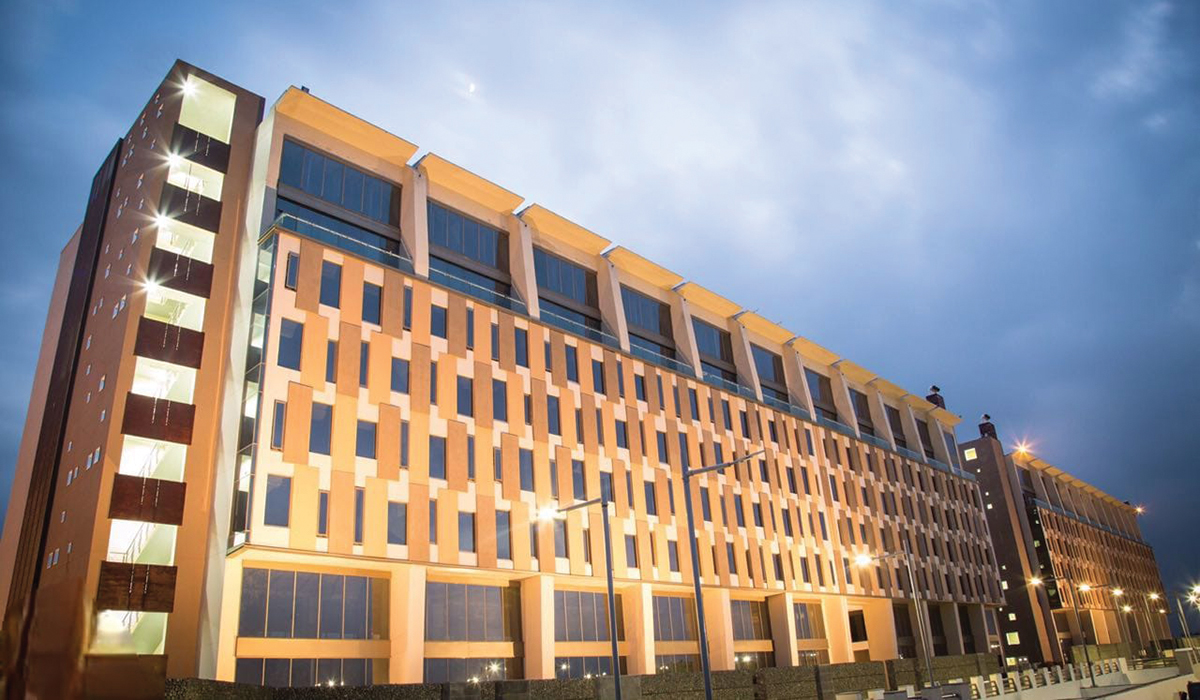
Reduced capital expenditure (CAPEX) of sustainable projects can be achieved by minimizing need for expensive equipment or infrastructure. For example, a building designed with passive solar features, proper orientation and shading, can reduce the need for cooling systems.
Sustainable projects may also be able to access cheaper capital due to their lower risk profile and potential for better long-term returns. This is particularly true for projects that are designed to meet sustainable finance criteria, such as green bonds. Sustainable projects can often attract funding from a wider range of sources, including impact investors, government grants, and green bonds. This can make it easier to finance the project and reduce the cost of capital.
Sustainable projects help build brand reputation and attract customers who value sustainability; this can lead to increased sales and market share. Such projects can help increase the value of assets over time as they often have a longer lifespan and lower maintenance costs, which will provide long-term benefits to investors and owners. For example, buildings with energy-efficient features or renewable energy systems may command a higher resale value in the future.



